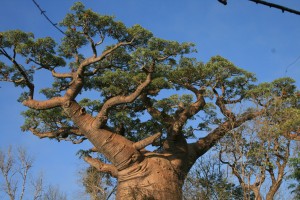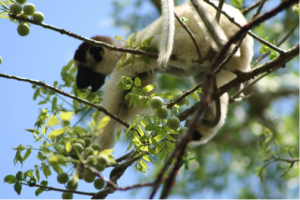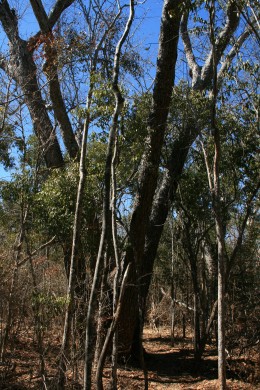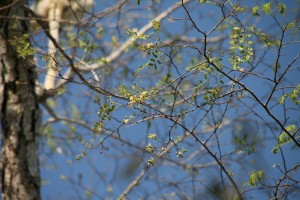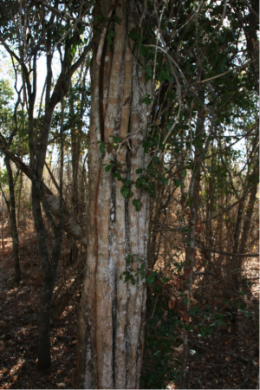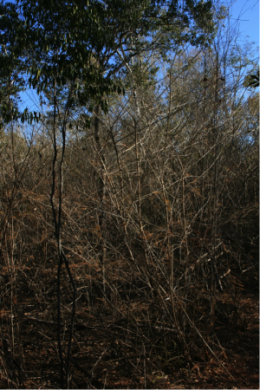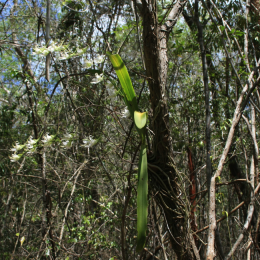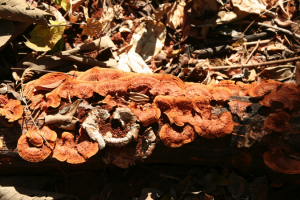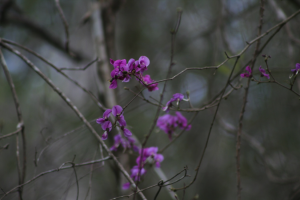Flora
The Ankoatsifaka Research Station is situated within the area of the park that is mostly dry, deciduous forest. Canopy trees are 4 to 7 m tall and emergent trees are up to 18 m tall. Common emergent trees include baobobs (Adansonia rubrostipa and A. grandidieri) and arofy (Commiphora spp.). Anakaraky (Cordyla madagascariensis ) are also present but less common. Multiple species of Fabaceae, including at least four species of Dalbergia, are present, some of which are quite common. Hazomalagnia (Hazomalania voyroni) is also found within the park.
While tamarind trees (Tamarindus indica) are found in some parts of the park, none are located in or around the Ankoatsifaka Research Station. Common trees include manjakabetany (Baudouinia fluggeiformis), metampototse (Diospyros perrieri), and hazomby (Strychnos sp.).
There are orchids, acacia, and the characteristic spiny desert plants in Didiereaceae and Euphorbiaceae.
As a part of the Sifaka Research Project, over 12,000 trees and vines have been marked, identified, and mapped within the study area. A list of tree species found in the study area is available to researchers.

